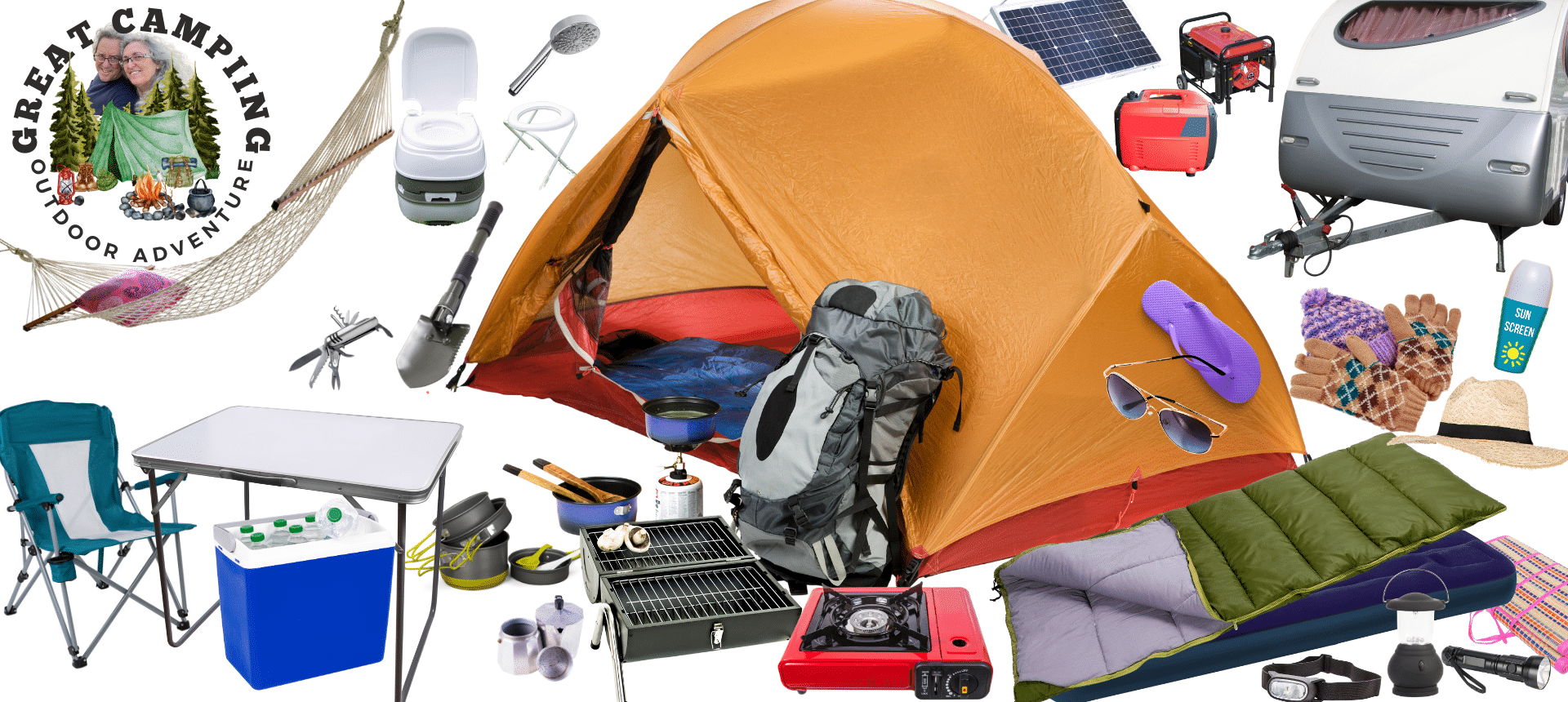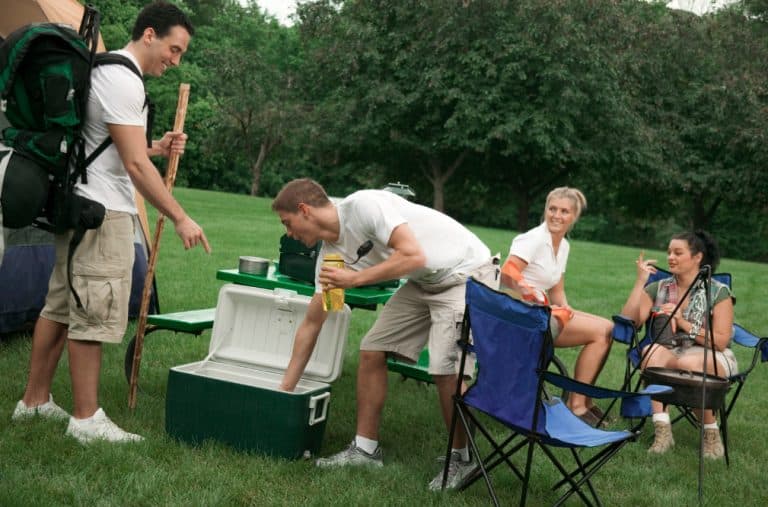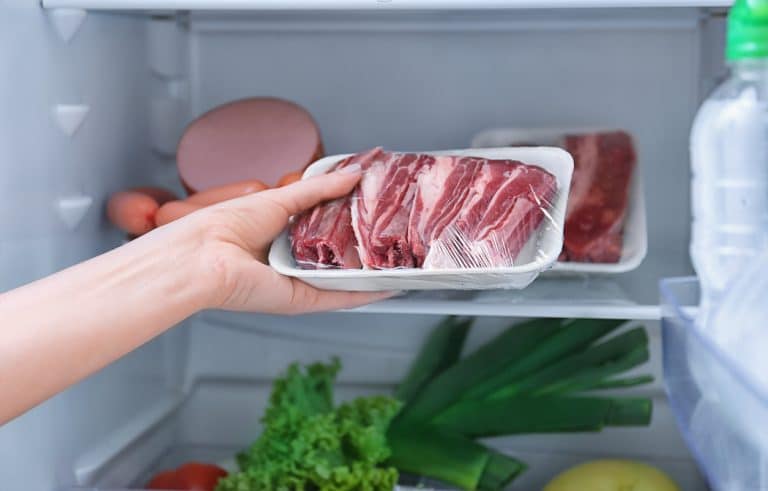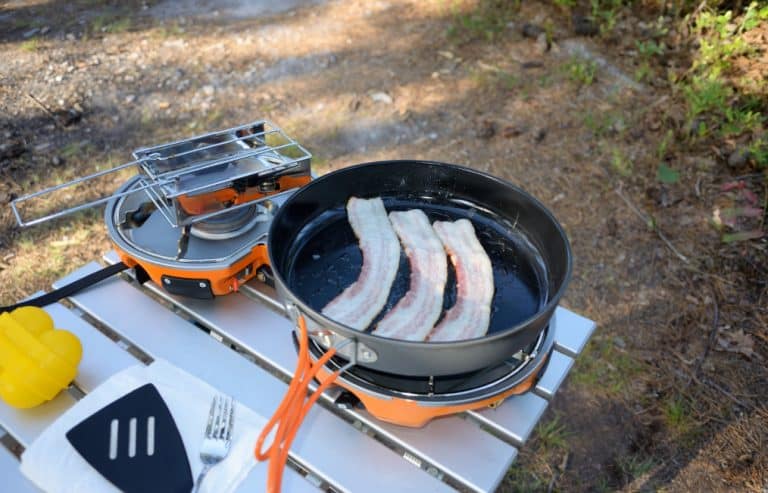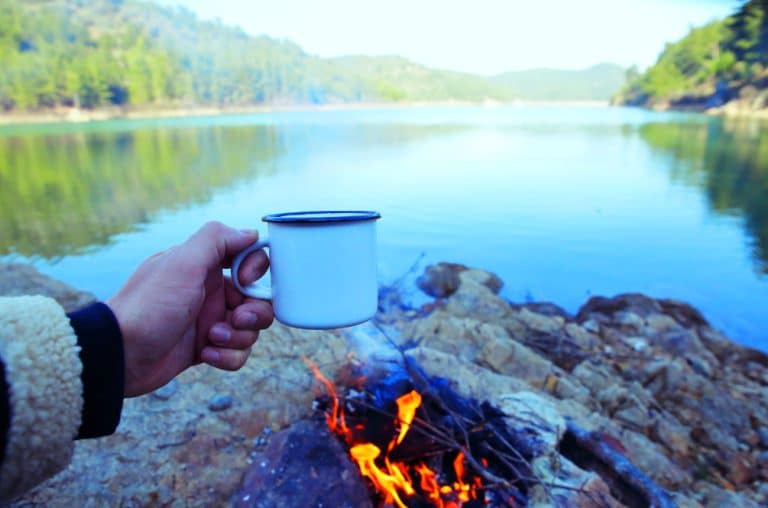Camping trips are incomplete without a reliable cooler to keep your food and beverages fresh and chilled. With a wide variety of coolers available in the market, it can be challenging to pick the right one for your specific needs. In this article, we will discuss the different types of coolers, their features, and some tips for choosing the perfect cooler for your camping adventure.
Types of Coolers
There are several types of coolers to choose from, each with its own advantages and drawbacks. Understanding the differences between these cooler types can help you find the one that best suits your needs.
Hard Coolers
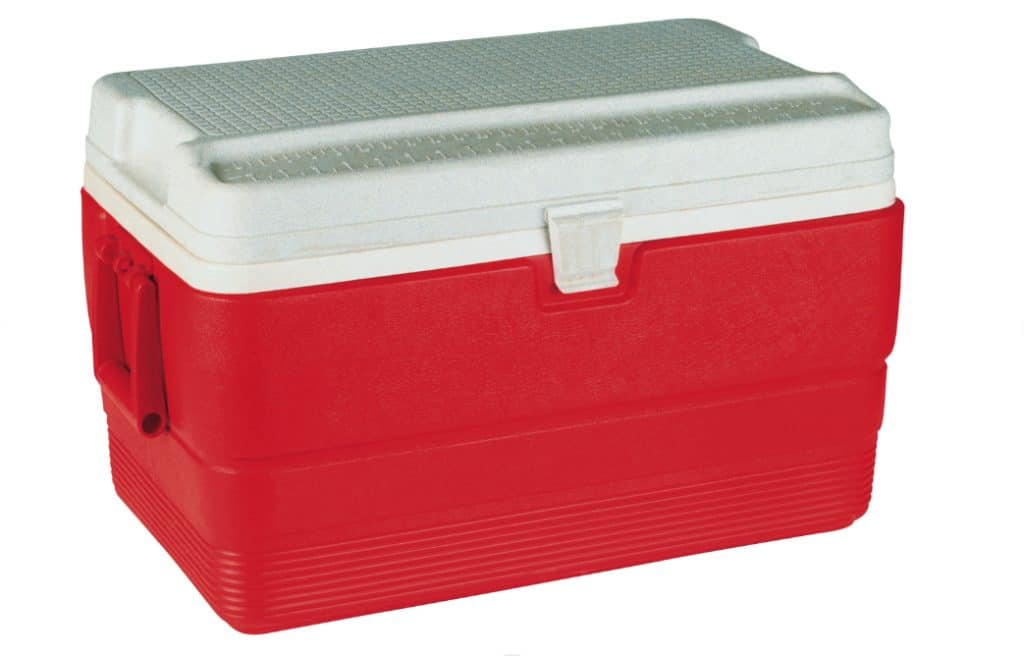
Hard coolers are made of sturdy, rigid materials like plastic or metal and are known for their durability and excellent insulation properties. They come in various sizes and capacities, from small personal coolers to large coolers that can store enough food and drinks for an entire group. Many hard coolers also feature built-in handles, wheels, and drain plugs for easy transportation and cleaning. However, hard coolers can be bulky and heavier than other types of coolers, making them less suitable for backpacking or long hikes.
Soft Coolers
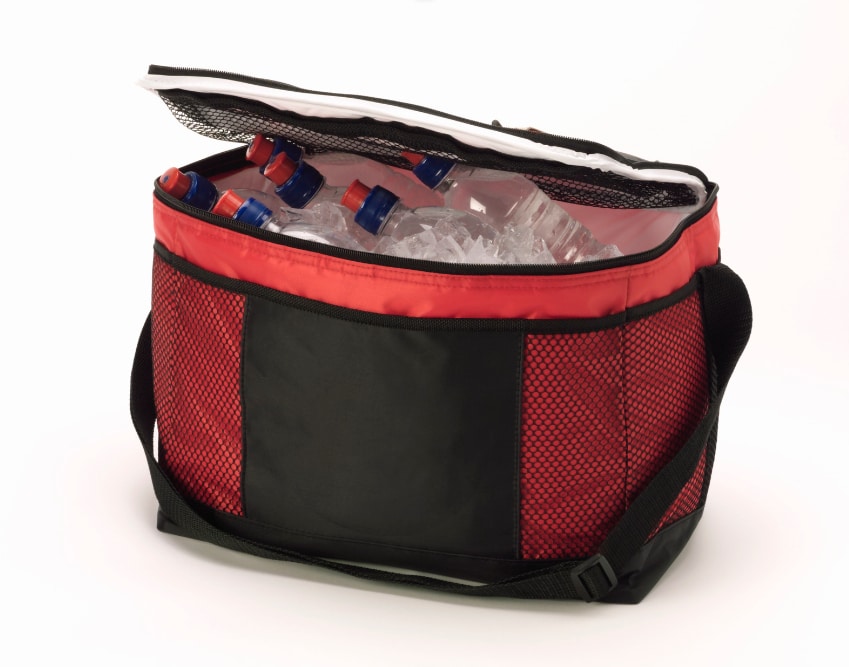
Soft coolers are made of flexible, lightweight materials like fabric or foam and are designed for easy portability. They often feature shoulder straps or handles for convenient carrying and are perfect for picnics, day trips, or short camping excursions. While soft coolers may not offer the same level of insulation as hard coolers, they can still keep your food and beverages cold for several hours. Keep in mind that soft coolers are generally less durable and have a smaller capacity than hard coolers.
Electric Coolers
Electric coolers, also known as thermoelectric or portable refrigerators, use electricity to maintain a consistent temperature inside the cooler. They can be plugged into your car’s cigarette lighter or an external power source, making them ideal for car camping or road trips. Electric coolers can keep your food and drinks cool without ice, saving you space and eliminating the need to replace melted ice. However, they typically consume more energy than passive coolers and may not be suitable for remote camping locations without access to electricity.
Cooler Bags and Backpacks
Cooler bags and backpacks combine the convenience of a soft cooler with the portability of a backpack. These coolers are perfect for hikers, cyclists, or anyone who needs a hands-free option for carrying their food and drinks. Cooler bags and backpacks usually have a smaller capacity and less insulation than hard coolers, but they’re much easier to carry on long walks or hikes.
High-performance coolers
High-performance coolers are designed with advanced insulation materials and construction techniques to keep your food and beverages cold for extended periods, sometimes up to several days. These coolers often feature thick walls, heavy-duty latches, and tight seals to ensure optimal temperature retention. While high-performance coolers can be more expensive than other types, they’re ideal for extended camping trips, hunting expeditions, or situations where you need to keep food cold for an extended time.
Insulation
Insulation is a crucial factor to consider when choosing a cooler, as it determines how effectively the cooler can maintain the desired temperature and for how long. A well-insulated cooler can keep your food and beverages cold for extended periods, reducing the risk of spoilage and ensuring that you have access to fresh, cold refreshments during your camping trip.
Different types of coolers offer varying levels of insulation, and understanding the insulation properties of each type can help you make an informed decision.
Foam Insulation
Most hard coolers and some soft coolers use foam insulation, which is a lightweight and affordable option. Foam insulation can provide moderate temperature retention, making it suitable for short camping trips or day-long outings. However, it may not offer the same level of insulation as some other materials, especially for extended periods.
Insulated Fabric
Cooler bags, backpacks, and some soft coolers use insulated fabric, which consists of multiple layers of materials that trap air and slow down heat transfer. This type of insulation is lightweight and flexible, making it ideal for portable coolers. However, insulated fabric generally provides less insulation than foam or other high-performance materials.
Rotomolded Construction
High-performance coolers often feature rotomolded construction, a process that creates a seamless, one-piece cooler with a uniform thickness. This design provides excellent insulation and durability, as there are no weak points or seams that could allow heat to penetrate the cooler. Rotomolded coolers also typically have thicker walls, which further enhances their insulating properties.
Vacuum Insulation
Some premium coolers use vacuum insulation, a technology that involves creating a vacuum between two layers of material to minimize heat transfer. Vacuum insulation is highly effective at maintaining temperature and can outperform other insulation types in terms of longevity. However, coolers with vacuum insulation can be more expensive than those with foam or fabric insulation.
When selecting a cooler, consider the insulation properties and the duration of your camping trips. If you need a cooler for short outings, a more affordable option with foam or fabric insulation may be sufficient. However, if you’re going on extended trips or need to keep food cold for several days, investing in a high-performance cooler with advanced insulation technology may be a better choice.
Size and Capacity
The size and capacity of a cooler are crucial factors to consider, depending on the length of your trip and the number of people. For a weekend getaway, a 20-30 quart cooler may be sufficient, while a week-long trip with a group may require a 50-70 quart cooler. Remember that larger coolers can be heavy and cumbersome to transport, so consider your mobility needs before purchasing.
Durability and Construction
A good camping cooler should be able to withstand the rigors of outdoor use. Look for coolers with sturdy construction, such as heavy-duty plastic or metal exteriors, and strong hinges and latches. Some coolers also have reinforced corners and handles for added durability. A well-constructed cooler will last for years and provide excellent performance during your camping adventures.
Portability and Ease of Transport
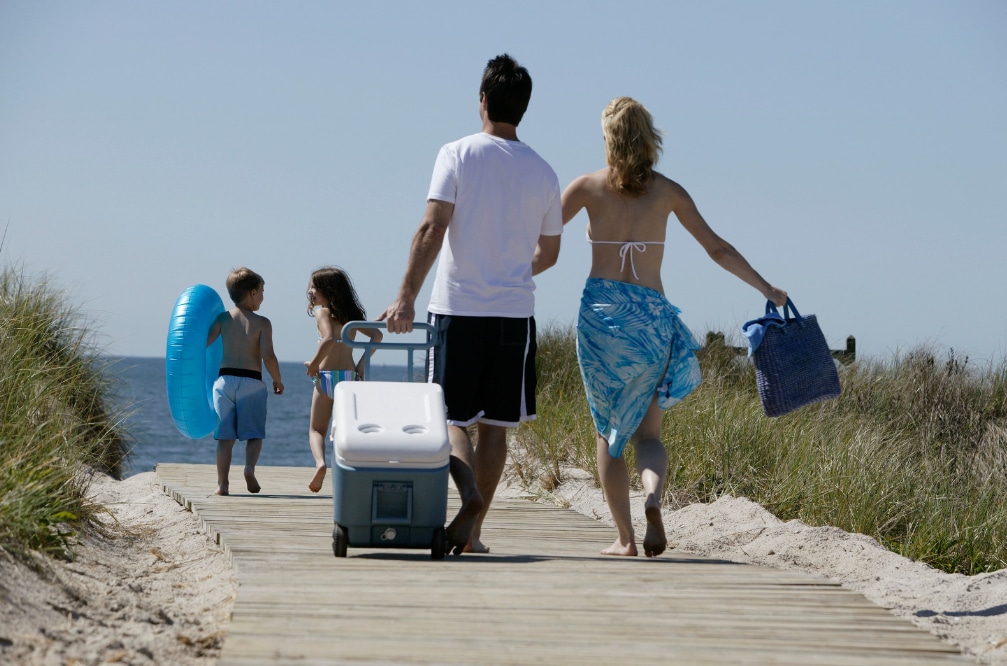
The portability of a cooler is essential, especially if you plan on moving your camping site frequently or taking it on hikes. Soft coolers and backpack coolers are easy to carry, while hard coolers with wheels and telescoping handles make transportation more manageable. Consider the weight of the cooler when empty, as well as when fully loaded with food, beverages, and ice.
Additional Features
Drain Plugs: A drain plug allows you to empty melted ice and water from the cooler without having to tip it over. This feature makes cleaning and maintenance more convenient.
Dividers and Baskets: Some coolers come with dividers or baskets to help organize your items and keep them separate from the ice. These accessories can make it easier to find what you’re looking for during your camping trip.
Built-in Bottle Openers: A built-in bottle opener is a handy feature that can save space in your camping gear and prevent you from losing a separate opener.
Cleaning and Maintenance: Proper cleaning and maintenance are crucial for maintaining the performance and longevity of your cooler. Look for coolers with smooth interior surfaces that are easy to clean and have removable parts, like liners or baskets. Be sure to follow the manufacturer’s recommendations for cleaning and maintenance to ensure your cooler stays in top condition.
In Summary
The right cooler can make all the difference in your camping experience, keeping your food and beverages fresh and chilled. By considering the type of cooler, insulation, size, capacity, durability, portability, additional features, budget, brand, environmental impact, and ease of cleaning, you’ll be well-equipped to choose the perfect cooler for your camping adventures. Happy camping!
Camping Coolers FAQs
High-quality coolers typically have thick, well-insulated walls made from materials such as polyethylene or polyurethane. These materials help to retain cold temperatures inside the cooler for longer periods. For soft-sided coolers, look for durable, water-resistant fabrics like nylon or polyester.
Pre-chill your cooler before use by placing ice packs or frozen items inside. Use a combination of ice packs, ice, and frozen items to help maintain cold temperatures. Organize contents to minimize air pockets and limit the number of times you open the cooler.
A cooler relies on ice or ice packs to maintain a cold temperature, while a portable refrigerator uses electricity to actively cool its contents. Portable refrigerators generally offer more precise temperature control and can run continuously, while coolers require periodic replenishment of ice or ice packs.
The duration depends on factors like the quality of the cooler, the ambient temperature, and how often the cooler is opened. High-quality coolers can keep contents cold for several days, while less insulated coolers may only maintain cold temperatures for a day or two.
